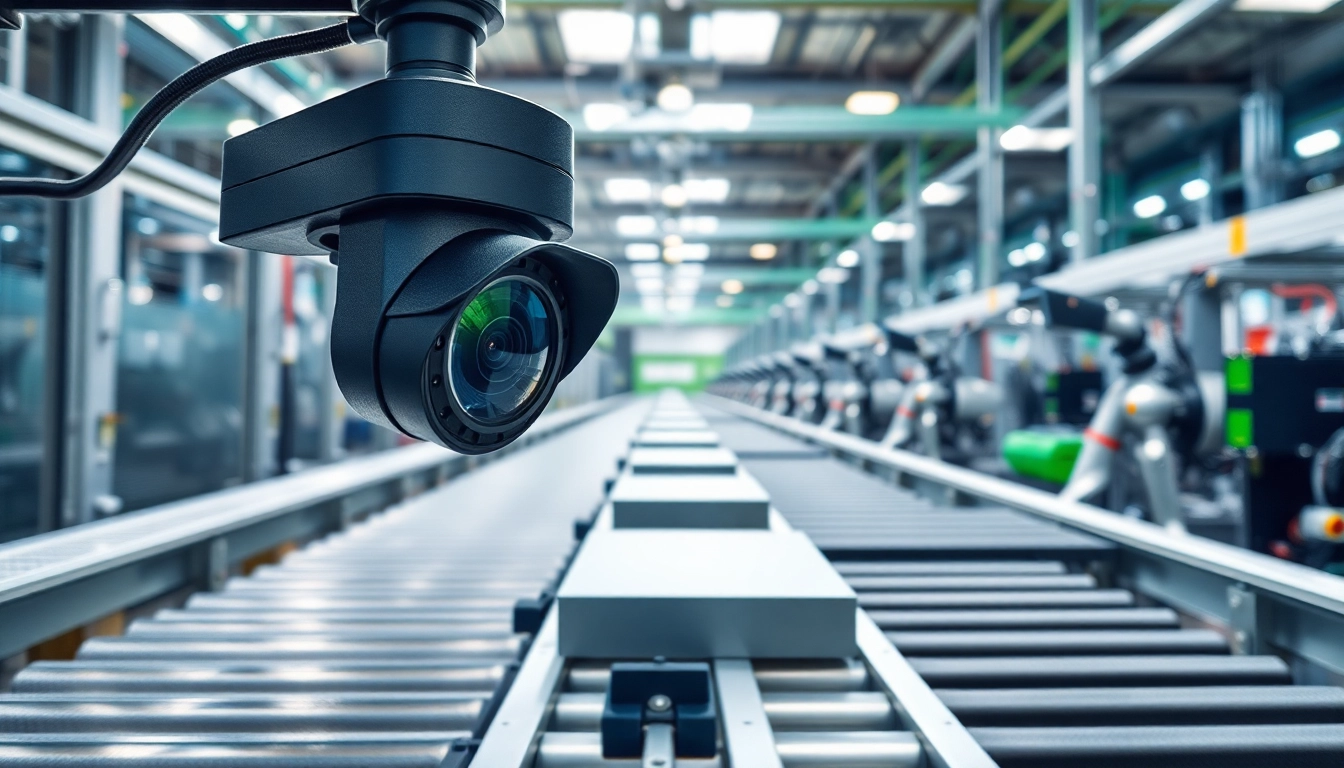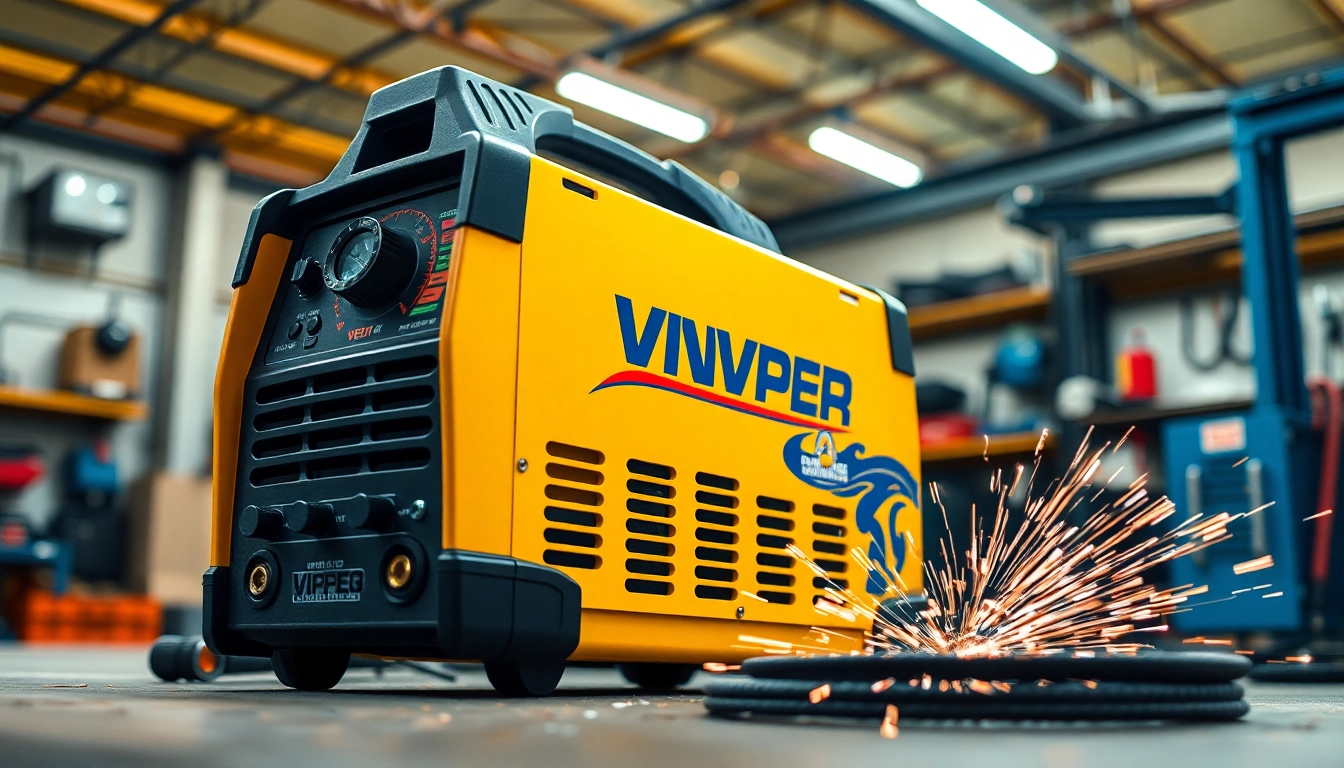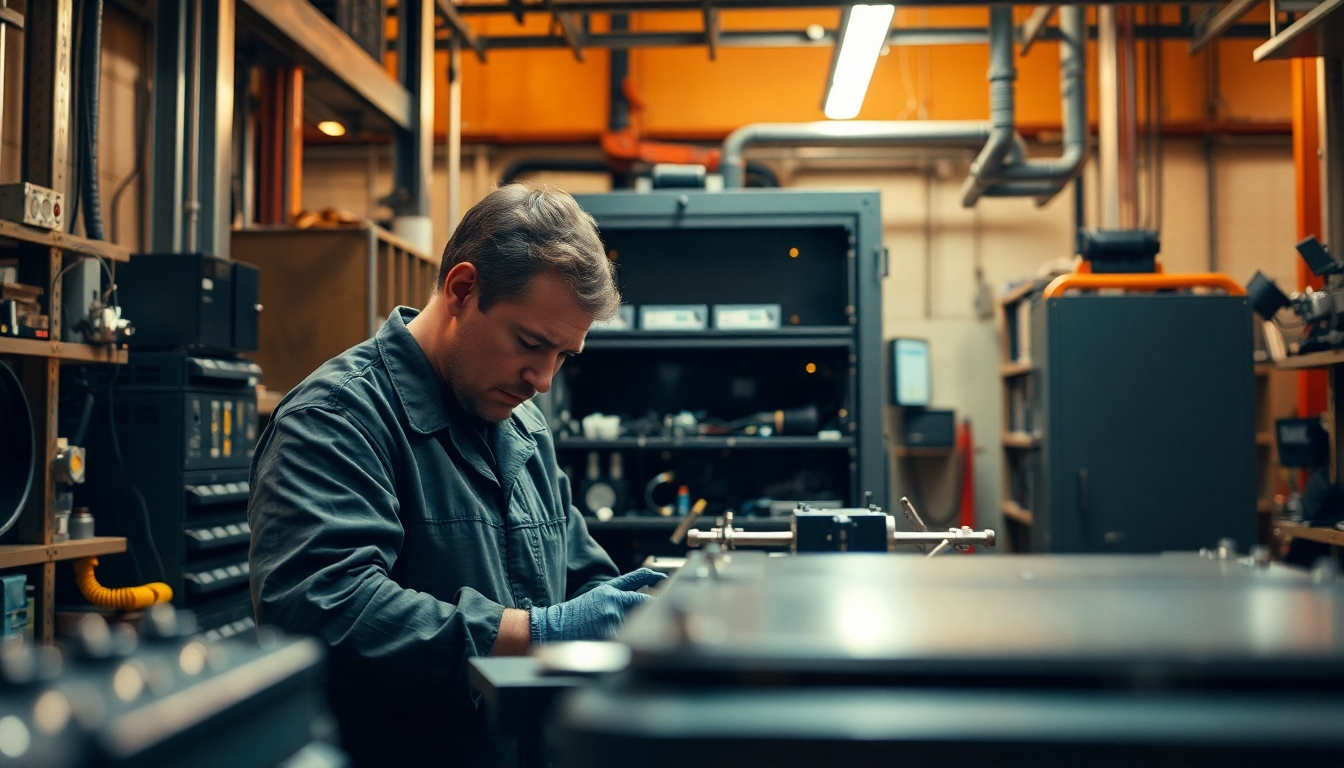What is Machine Vision?
Definition and Core Principles of Machine Vision
Machine vision refers to a technology that enables systems to interpret visual information from the surrounding environment with a high level of precision. Using a combination of hardware such as cameras, image sensors, and processing software, machine vision automates the capture, analysis, and interpretation of images. Machines can perform tasks traditionally carried out by humans, including inspection, measurement, and identification. The core principle is to replicate human eyesight but at a much faster rate and with an increased level of accuracy.
The data captured through machine vision systems can guide various automated processes in industries such as manufacturing, healthcare, and logistics. It serves as the backbone for various applications, ensuring that objects are recognized and processed efficiently and reliably. The machine vision technology has evolved significantly, thanks to advanced algorithms and improved image processing capabilities which now leverage machine learning and artificial intelligence.
Types of Machine Vision Systems
Machine vision systems can be categorized based on the technology used and the complexity of images they process. There are four primary types of systems:
- 1D Machine Vision Systems: These systems analyze linear data from barcodes or other one-dimensional objects. They are primarily used for barcode scanning and simple inspection tasks.
- 2D Machine Vision Systems: These are more advanced systems that analyze two-dimensional visual data. They are capable of recognizing shapes, detecting defects, and inspecting printed or polished items.
- 3D Machine Vision Systems: These systems generate three-dimensional representations, allowing for depth perception and spatial analysis. Useful in fields such as robotics and complex manufacturing, they are often employed for quality control in intricate assembly processes.
- Spectral Imaging and Color Vision Systems: These systems capture images across different wavelengths, enabling applications that require color differentiation and material identification, such as in agriculture and food production.
Machine Vision vs. Computer Vision: Key Differences
While often used interchangeably, machine vision and computer vision serve different purposes. Machine vision focuses on automating specific industrial tasks, such as defect detection and assembly guidance, largely utilizing predefined models and thresholds for operation. It is typically integrated into manufacturing and industrial environments where the goal is to enhance productivity and efficiency.
On the other hand, computer vision encompasses a broader scope that includes interpreting visual data through algorithms that emulate human sight, often using artificial intelligence (AI) and deep learning models to recognize patterns, objects, and scenes. Computer vision applications extend to fields like facial recognition, autonomous vehicles, and healthcare diagnostics, reflecting a wider range of capabilities beyond industrial applications.
Applications of Machine Vision in Various Industries
Manufacturing: Quality Control and Automation
In manufacturing, machine vision has become invaluable for quality assurance processes. It automates inspections, ensuring every product meets predetermined standards before reaching consumers. Systems can detect minute defects like scratches, color variances, or misalignments at speeds faster than manual inspection. For instance, automotive manufacturers use these systems during assembly lines to monitor weld quality and component integrity.
The integration of machine vision in manufacturing not only reduces the time required for inspections but also minimizes human error, leading to enhanced product quality and reduced waste.
Healthcare: Imaging and Diagnostics
In healthcare, machine vision aids in the interpretation of medical images. It processes scanned images from ultrasound, MRI, and CT scans, helping radiologists identify anomalies or assess the progression of diseases. Machine vision systems analyze images with consistency and precision, supporting healthcare professionals in making rapid, informed decisions.
For instance, machine learning algorithms are being developed to detect early signs of conditions such as cancer by identifying subtle changes in imaging data that may be missed by the human eye.
Automotive: Safety and Assembly Guidance
Machine vision systems are critical in the automotive sector, where safety and precision are paramount. In assembly lines, these systems assist in guiding robots to position components accurately, thus minimizing manual handling and potential errors. Additionally, machine vision technologies enable vision-guided robotics, which can adapt to new products or varying operational conditions without extensive reprogramming.
Moreover, machine vision plays a crucial role in ensuring vehicle safety through automated inspections of critical systems, verifying compliance with safety standards, and optimizing performance parameters.
Benefits of Implementing Machine Vision
Increased Efficiency and Productivity
The introduction of machine vision systems leads to significant gains in efficiency and productivity. Automated inspection processes reduce the time taken to evaluate products, allowing manufacturers to increase output without compromising quality. As a result, overall operational costs decrease, and production timelines are dramatically shortened.
Additionally, machine vision systems can operate continuously without fatigue, unlike human inspectors, thereby providing a consistent performance level throughout operations.
Cost Savings Through Automation
One of the primary benefits of machine vision is the significant cost savings achieved through automation. By reducing labor costs, minimizing defects, and improving production speeds, companies can lower their operations overhead. For instance, organizations that adopt machine vision technologies may experience a significant decrease in warranty claims and returns due to improved product quality.
Moreover, the long-term investment in machine vision technology often yields considerable savings in maintenance and replacement costs, making it a financially viable solution for many industries.
Enhanced Accuracy and Quality Assurance
Machine vision systems excel in maintaining high standards of quality assurance. They can detect defects that might be imperceptible to human inspectors, providing a level of accuracy that ensures adherence to industry regulations and consumer expectations. Enhanced accuracy leads to fewer recalls or product failures, thereby protecting a brand’s reputation and ensuring customer satisfaction.
Moreover, the ability to document and analyze inspection data contributes to continuous improvement initiatives, allowing companies to refine their processes based on real-time feedback.
Challenges and Limitations of Machine Vision Systems
Technical Constraints and Challenges in Implementation
Despite the immense benefits of machine vision, several challenges can hinder implementation. Technical constraints such as image noise, lighting variations, and object occlusions can affect the performance of machine vision systems. Additionally, designing a vision system that is effective under diverse operational conditions can be resource-intensive and require expert knowledge.
Addressing such challenges typically involves extensive testing and calibration of the systems to ensure consistent performance across various environments.
Cost Considerations for Adoption
Initial investment costs for machine vision systems might be substantial, especially for small and medium-sized enterprises (SMEs). This includes expenses for hardware, software, integration, and training. While the long-term gains often offset the initial costs, the high upfront investment can deter some organizations from adopting this technology.
To mitigate these costs, companies may consider phased implementations or exploring cloud-based machine vision solutions that offer flexibility and scalability without the need for significant capital expenditure.
Compatibility with Existing Infrastructure
Another significant challenge is ensuring that machine vision systems are compatible with existing industrial infrastructure. Organizations may face difficulties in integrating new technologies with legacy systems or differing communication protocols. This integration requires careful planning and engineering to create a solution that complements current processes effectively.
Comprehensive compatibility assessments prior to implementation can help streamline the integration process and minimize disruptions during the transition.
The Future of Machine Vision Technology
Trends in Machine Vision Development
The future of machine vision is poised to incorporate even more advanced technologies, including deeper integration with artificial intelligence and big data analytics. As machine vision systems evolve, we can expect them to provide real-time analytics, facilitating quicker decision-making processes. Moreover, the ongoing advancements in sensor technologies promise greater accuracy and adaptability in various environmental conditions.
Another significant trend involves the customization of machine vision solutions to fit specific industry requirements, allowing for tailored solutions that meet unique challenges.
Innovations Driven by AI and Machine Learning
The incorporation of AI and machine learning into machine vision technology is revolutionizing the field. These innovations enhance the systems’ ability to learn from data and improve performance over time. For example, diagnostics in healthcare are becoming more accurate as machine vision systems learn from vast datasets of imaging results.
Additionally, predictive maintenance capabilities are being developed, enabling machine vision to anticipate potential failures and optimize maintenance schedules, thus preventing unexpected downtimes and reducing operational costs.
Predictions for Market Growth and Adoption
Market research predicts robust growth for machine vision technology over the coming years. The increasing demand for automated processes and the rise of smart manufacturing technologies are driving this expansion. Companies across diverse sectors are recognizing the necessity of adopting machine vision systems to maintain competitive advantages and address evolving market demands.
As technological advancements continue and costs decrease, the rate of adoption will likely accelerate, leading to broader applications in industries previously less engaged with machine vision technology.



